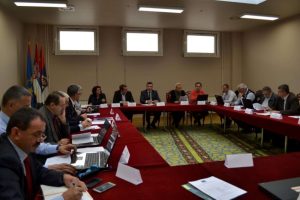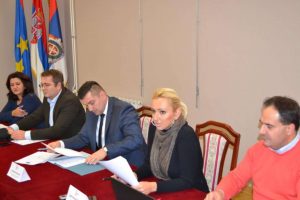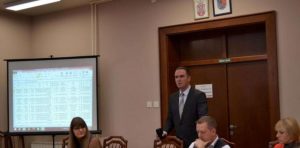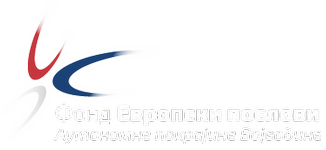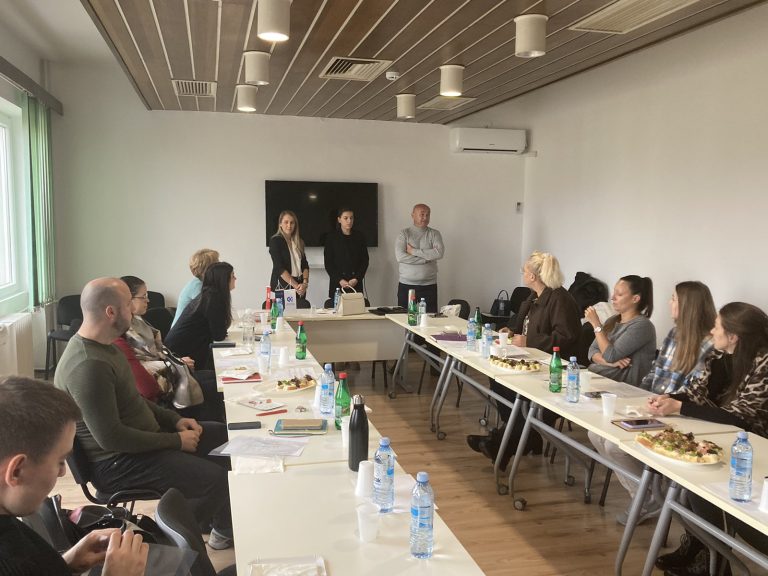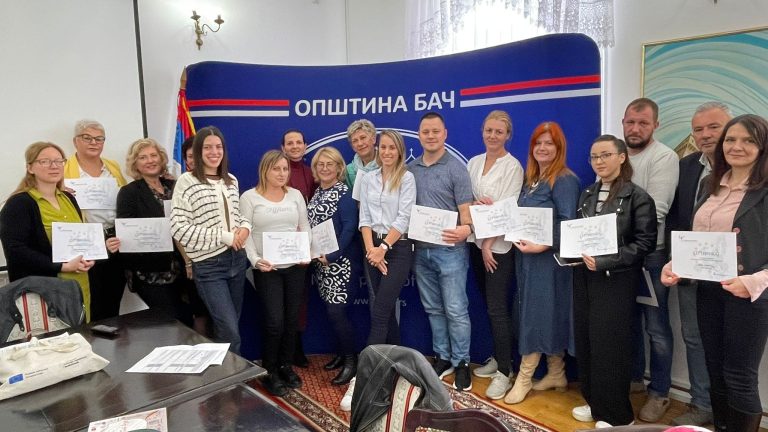The third working meeting held in the framework of DR SHARE project
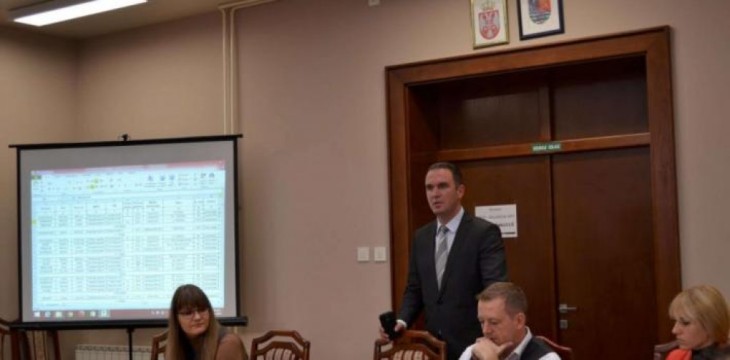
The DR SHARE project brings together partners from three countries having experienced floods in May 2014 in order to enhance their preparedness to respond to emergency situations in floodplains of the Sava River Basin.
The aim of this project is to reduce disasters, standardize hazard analysis and risk evaluation. The project value amounts to approximately EUR 281,000, whereas the European Commission’s contribution is ca. EUR 210,000. The backbone of the project is the development of an IT tool that will be available in areas covered by the project. In the event of natural disasters, it will provide timely information on all critical resources in a short time frame in order to mobilize and raise the preparedness level, so as to engage them in the aftermath of natural disasters.
The third working meeting focused on the identification of data on critical resources available to all three countries, which is to be incorporated into a database as the basis for a software solution. As said at the meeting, the speed of response is crucial in the event of a natural disaster. If there is a database network available with up-to-date records on human and material resources, the authorities can react more quickly.
The meeting was attended by the representatives of project partner institutions. The European Affairs Fund of Autonomous Province of Vojvodina, in cooperation with the Provincial Secretariat for Regional Development, International Cooperation and Local Self-Government manages the project on the Serbian side, while the partners from Croatia are Vukovar-Srijem County, Vukovar-Srijem County Development Agency HRAST Ltd and National Protection and Rescue Directorate. On behalf of Bosnia and Herzegovina, the project partner is the Ministry for Agriculture, Water Management and Forestry of Posavina County. The project duration is 18 months and the implementation started in January 2016 and will last until mid next year. The project area in Serbia covers Srem District with seven local self-governments and more than 300,000 inhabitants, whereas the project is implemented in Vukovar-Srijem County in Croatia and Posavina County in Bosnia and Herzegovina.
